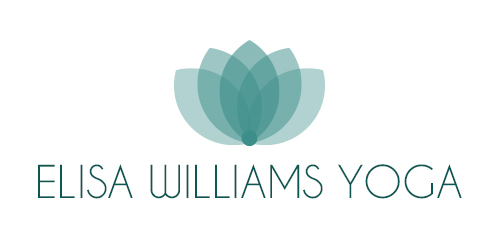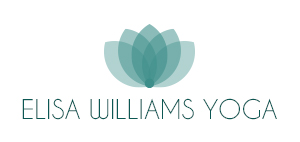If you’re suffering from chronic pain – whether it’s back pain, knee pain or some other type of persistent pain, you might have heard about the benefits of yoga to relieve those aches. When I started to practice yoga over 20 years ago I had been suffering from low back pain for years but what I didn’t know until I learnt to understand my body better was that practicing yoga could actually make my pain worse.
However this doesn’t mean that you shouldn’t turn to yoga in an attempt to ease your pain. Yoga is a great way to relieve chronic pain without using painkillers. It’s just that you can’t assume that every yoga class will automatically make it better. The most important thing is to choose the right style of yoga and the right instructor to meet your needs and help you to alleviate your pain.
If you are someone with a herniated disc for example, many yoga poses in classes such as the Bikram sequence of 26 poses, involve bending forward, grabbing on to your feet and pulling hard. If you have a herniated disc that is one of the worst things you can do.
There are many poses to choose from in yoga and many will be helpful to your specific condition, But it is the pace at which you go through each pose that can be drastically different. Many classes these days can be faster-paced flow-style classes. If you are a beginner or have come to yoga as a way of managing specific chronic pain issues then it is advisable to find a class that is more detailed. Where the yoga teacher encourages students to slow things right down. It is also really helpful to spend some time examining the poses to ensure you’re doing each one correctly and sometimes a one to one session with the teacher is a very good way to do this.
Gradually as you become more practiced then you can enter a general flow class but always be prepared to set your own pace and not allow yourself to be whisked along in the crowd. Your body is your best teacher and your only home so listen to your body before anyone else and be prepared to take your foot off the gas and back off! Time spent building the foundations of your practice and getting to know your body intimately through mindful practice will reap untold rewards in managing and alleviating chronic.
It is always vital to talk to your yoga teacher. Even an experienced yoga instructor can’t help you if they don’t know that you have any chronic pain issues. It is important that you speak to any teacher before the class and let them know of anything you may being working with. All good teachers will ask their students for any concerns at the beginning of the class and will offer modifications and cautions throughout the class. That way, they can ensure that you don’t do any poses that could aggravate the source of your pain.
Yoga is great for helping relieve tension and improving alignment, all of which can help to ease pain. But it’s always helpful to know what it is that is causing your pain. For example, you may have a sore, tight neck and want to stretch that out in yoga to ease the pain. However, it could actually be the alignment of your chin or shoulders that is causing pain in your neck, and you need poses that will help strengthen you in those areas.
Also don’t zone out during your yoga practice. Many people make the mistake of thinking that the yoga mat is the place where your mind can wander off on its holidays: You can’t expect yoga to help you if you tune out and don’t connect properly with your body while you’re practicing. Become aware of your body and educate yourself as to how your mind, body and breath are all connected. Yoga is a practice of listening.



